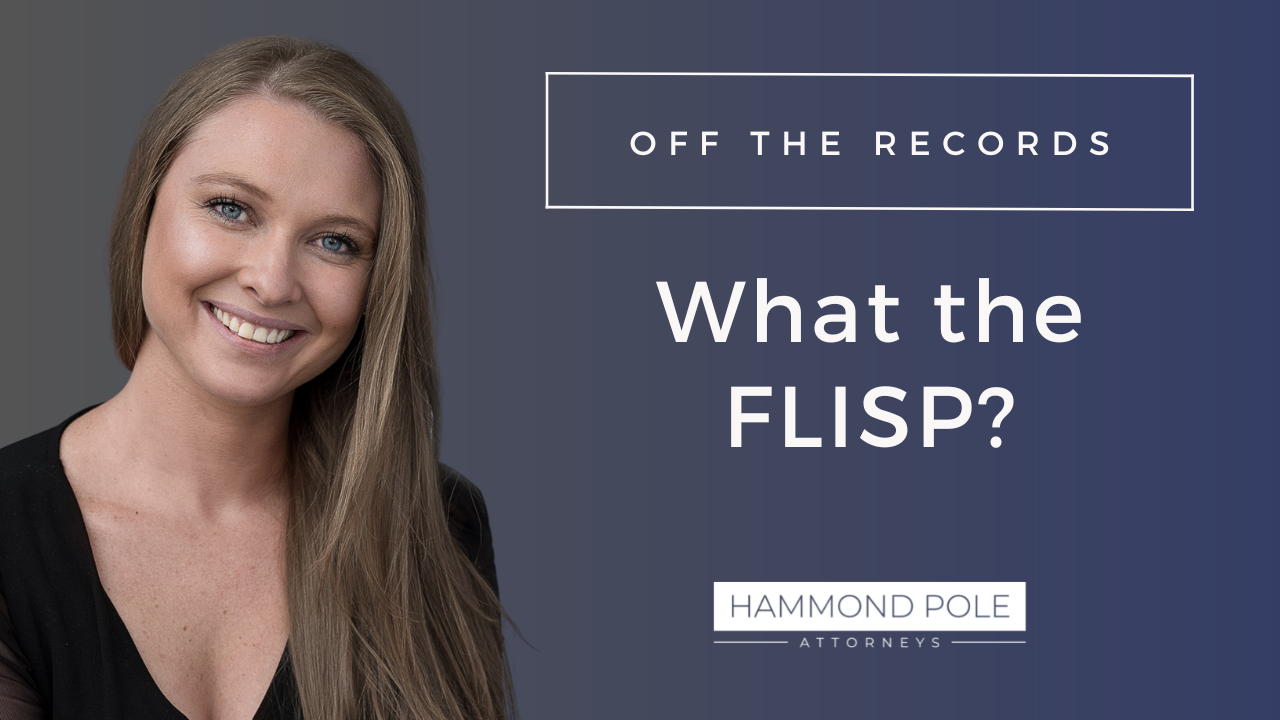Finance Linked Individual Subsidy Programme (FLISP) – What you need to know.

The Finance Linked Individual Subsidy Programme (FLISP) was developed by the Department of Human Settlements to enable affordable home ownership opportunities for South Africans.
What are the requirements to apply for a FLISP subsidy?
1. You must be a South African citizen with a valid ID; or permanent residents with a valid permit.
2. Applicants must be over 18 years of age and competent to enter a legal contract.
3. FLISP is open to individuals who have never benefited from a Government Housing Subsidy Scheme before.
4. Applicants must have an ‘Approval in Principle’ of a home loan from an accredited South African financial institution.
5. You must be a first-time home buyer, earning from R 3 501 to R 22 000 monthly.
It is important to note that the subsidy is for residential properties in formal towns where transfer of ownership and mortgage bond registration are recordable in the Deeds Office.
Are banks aware of FLISP?
Most accredited South African banks/lenders know about FLISP, but it helps to know what it is and how it works before enquiring with your bank/lender.
Recent changes to FLISP
1. A home loan no longer a requirement
Acquiring a home loan from one of the major financial institutions (FNB, ABSA, Nedbank, Standard Bank and SAHL) has always been a requirement to qualify for the subsidy programme. In other words, you first had to be approved for a home loan before applying for FLISP. Additionally, you had to hand in your approved bond quote with your subsidy application.
However, the FLISP has been delinked from home loans and is no longer a mortgage-only option, as announced by the Minister of Human Settlements. This means that you can qualify for the subsidy without having to qualify for a home loan first.
There are now other options available to people, such as:
– A beneficiary’s pension/provident fund loan,
– A co-operative or community-based savings scheme loan, i.e., stokvel,
– The Government Employees Housing Scheme loan,
– Any other Employer-Assisted Housing Scheme loan,
– An unsecured loan,
– An Instalment Sale Agreement or Rent-to-own Agreement.
2. Rent to buy
Rent to buy and instalment sales have been added in the National Housing Code.
This solution allows you to rent a property, where you pay your intended bond amount, levies and taxes, while improving your credit score until you can afford to buy the home.
When you are ready to buy, you may exercise the option to purchase the property.
Frequently asked questions
1. Is it possible for one to buy an RDP house using a FLISP subsidy?
An individual can buy an RDP house using a FLISP Subsidy. However, you should note that the owner of an RDP house cannot resell the property before an 8-year period has elapsed.
2. What if I have my own land, can I access FLISP?
The FLISP Subsidy may be used to build your own residential property on a self-owned serviced residential stand, through an NHBRC registered home builder.
3. What if I do not like the houses in a FLISP accredited development? Can I still receive FLISP subsidy for a house in a location of my choice?
You have two options for acquiring a residential property with the FLISP subsidy; you could choose a house from the various FLISP Accredited Development Projects or from the Open Market – meaning you can choose a new or old house that meets the FLISP criteria in any area of your choice
For more information, contact Hammond Pole Attorneys: Michelle Orsmond MichelleO@hammondpole-2025.digitalfoldstaging.co.za

